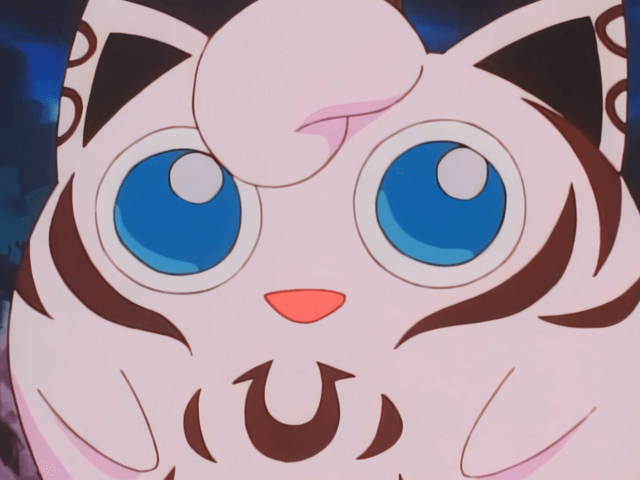Welcome back to Lorekeeper’s Logs! This series hopes to delve deep into the strangest lore of the Pokémon world and investigate the unexplained, the unanswered, and the unknown. You can find past Lorekeeper’s Logs articles here!
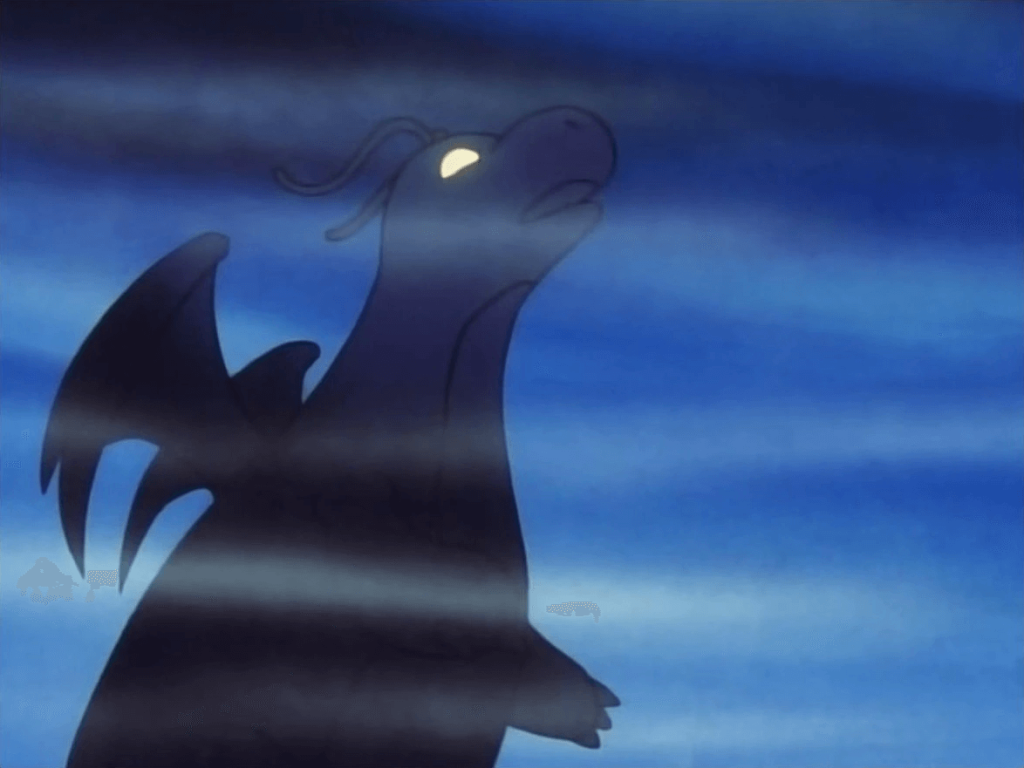
It’s been a long time, but your faithful Lorekeeper couldn’t leave you hanging forever, not with so many exciting discoveries in the world of Pokémon! Some very big discoveries, even. Some that are even huge. See, this time we’ll be talking about the unusual trend of larger Pokémon!
Giant Pokémon of various kinds, robots, unusually large subjects of specific types, that one huge Dragonite in the anime, have been a thing for some time, of course, but it was only when trainers traveled to Alola that we first encountered giant Pokémon as something significant—Totem Pokémon. Since then, we’ve run into quite a few other types; these Pokémon may hold special cultural and spiritual significance, like the aforementioned Totems or the Alphas and Noble Pokémon of old Hisui, or they may be a way of utilizing the advantages of the land for battle like the Dynamax/Gigantamax Pokémon of Galar. Whatever the type, it’s clear that this subject has a… gigantic amount of information. Let’s take one giant leap right in, Loreseekers!
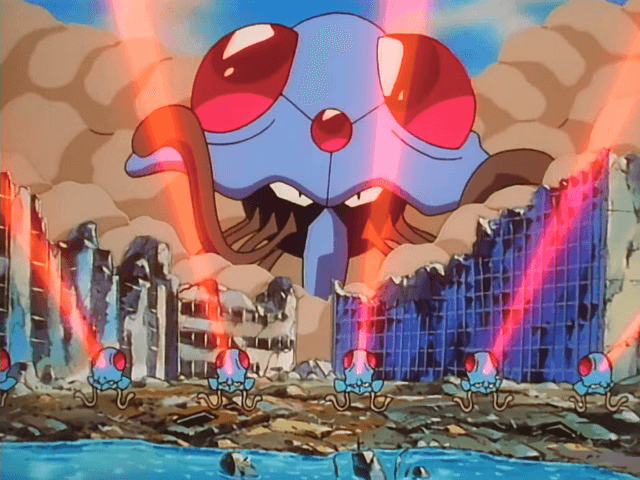
Alola, giant Pokémon!
As I said before, the first time we encountered giant Pokémon that were a thing, not just outliers, was in Alola. As part of the Pokémon League-replacing Island Trial system, various Trial Captains watch over specific areas of each island, challenging trainers to a difficult Trial in order to prove their ability to do the Trials (how many more times am I going to write Trial!?). At the end of each of these trials, the trainer must do battle with a fierce Totem Pokémon, proving their connection to the island by beating the stuffing out of a protector of it.
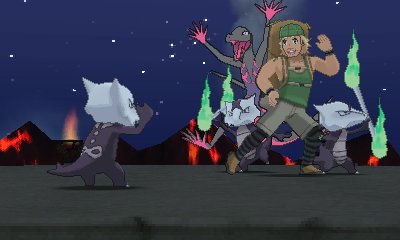
Notably, as our first introduction to giant Pokémon in games, Totem Pokémon seem deeply rooted in their region’s culture; while not every Alolan trainer participates in the trials, the system is important enough that the Kahunas in charge of each island are a major component, and the Totems, as such, take on a great cultural significance. While not perhaps as important as each island’s guardian Pokémon—and notably, the four Tapus are not seemingly any larger than normal Pokémon—the Totems have an important role in Alolan culture.
In real-world Polynesian culture, “totems”–often represented in popular culture as Tiki statues, totem poles, and so on–have a deep spiritual connection to the native cultures, representing the ancestry and way of life of each individual island. While we are never explicitly told that Totem Pokémon have this same cultural significance, the fact that they hold equal importance to the Kahunas of each island and are clearly venerated by their Captains and the populace of Alola show that their importance is not to be minimized.
The power of Almighty Sinnoh
Notably, Alola isn’t the only region with a similar foundational respect for giant Pokémon—or it wasn’t always, at least. In the long-changed region of Hisui, there is a system of Pokémon suspiciously similar to that of Totems: Noble Pokémon. Each area of the region possessed one of these Pokémon, guarded by a Warden; these giant Pokémon, showing an enormous amount of power compared to the average specimen, were worshiped almost as deities, feared as much as they were respected. Each one was thought to watch over the Hisui region, keeping it safe from danger, bringing bounty, and allowing the natives of the land to safely spend their time worshiping the Almighty Sinnoh.
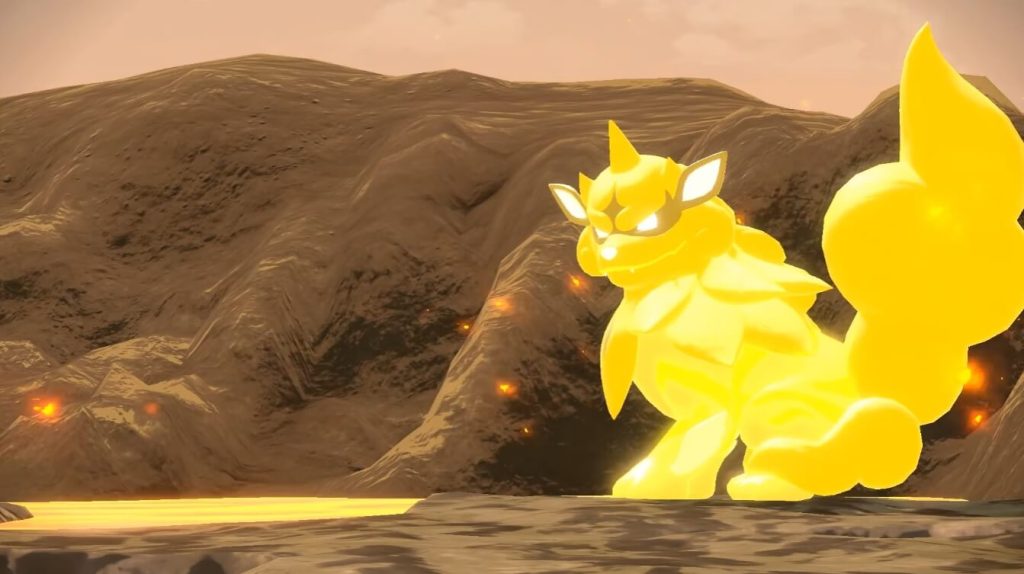
While there was no such system of combat as the Island Trials, it is noted that the Wardens are skilled trainers in their own right, much as the Trial Captains would later become; it is unclear, thanks to Hisui’s relative isolation, whether these systems were inspired by each other, built off the same beliefs, or simply were independently developed, but the similarities are so striking that one can’t help but wonder.
It is also in Hisui that we see for the first time the phenomenon of Pokémon who are turned gigantic by outside factors. While it is unclear if Alpha Pokémon existed in some form prior to the time-space distortion opening over Mount Coronet, it is clear that many Pokémon who were not already Alphas have been turned into these fierce and enormous specimens. Filled with a certain kind of feral might, these Pokémon finally represent the danger we’ve been told about for decades, a genuinely good reason not to step into the tall grass. They are not, however, the only Pokémon we have ever seen turn gigantic through outside factors; an entire region’s battling culture is devoted to that exact concept, after all.
Maximum size, maximum power
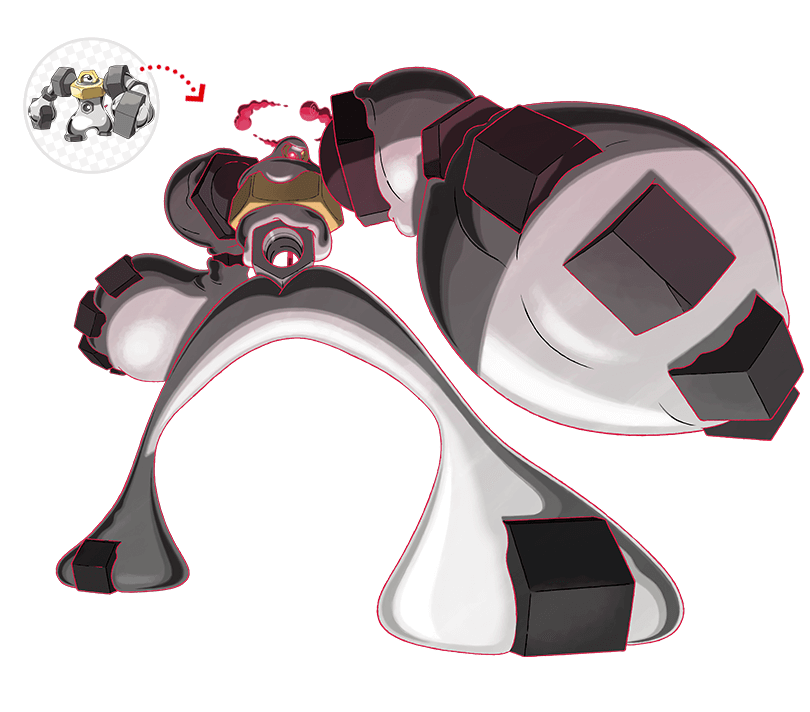
The Galar region is notable for many things–its curry, its ancient ruins, that one person standing inside a Bronzong. More than anything, though, Galar is almost certainly known for the Dynamax phenomenon. By utilizing an ancient item known as a Wishing Star, created from the body of the Legendary Pokémon Eternatus, trainers can invoke the Dynamax phenomenon at Power Spots located across the region to turn their Pokémon enormous. Certain Pokémon react differently from others, transforming in a way similar to Mega Evolution in a process known as Gigantamaxing; these Pokémon still turn enormous, however, leading to the “Max” concept mostly just meaning “Pokémon gets real big”. This has become such a major part of Pokémon battling in Galar that the Pokémon League’s stadiums are built to enormous scale, and only a few areas outside of these ordained League structures allow for freely Dynamaxing. Wild Pokémon have the ability to Dynamax as well through Power Spot-infused structures known as Raid Dens.
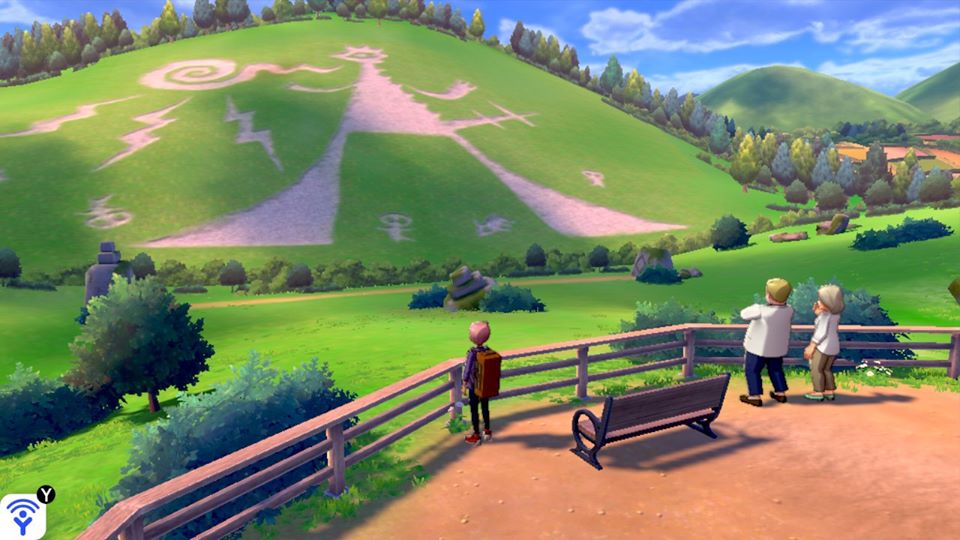
Despite this, Galar does not seem to have much cultural significance attached to these Pokémon outside of battling. While battling is incredibly important to Galar, with it taking the spot that football takes in real European countries, Dynamax and Gigantamax Pokémon seem to be limited solely to combat situations, with no real meaning put to it otherwise. No one is worshiping Dynamax Pokémon, and any Pokémon is theoretically capable of it. Much like Alpha Pokémon in Hisui, their power is their primary trait; there’s no spiritual significance. Unlike the strange convergence of Hisui and Alola’s cultures, here we see giant Pokémon simply viewed as… giant Pokémon. The only real recognition of them can be seen in Turffield’s geoglyph on the hill.
Remember the Titans?
This, of course, brings us to Pokémon Scarlet and Violet‘s region of Paldea. While we have no idea the true significance of Titan Pokémon yet, we have enough information for wild and baseless conjecture, which is my specialty. We can immediately disqualify these Pokémon as being like Dynamax or Gigantamax Pokémon, used only by trainers for battling purposes. While we have not seen if these Pokémon are capturable—past experience would indicate they may be, since we’ve been able to capture nearly every type of giant Pokémon, but the Nobles do throw a wrench in that—we do know that they are a type of wild Pokémon, and therefore gigantic without the direct influence of trainers.
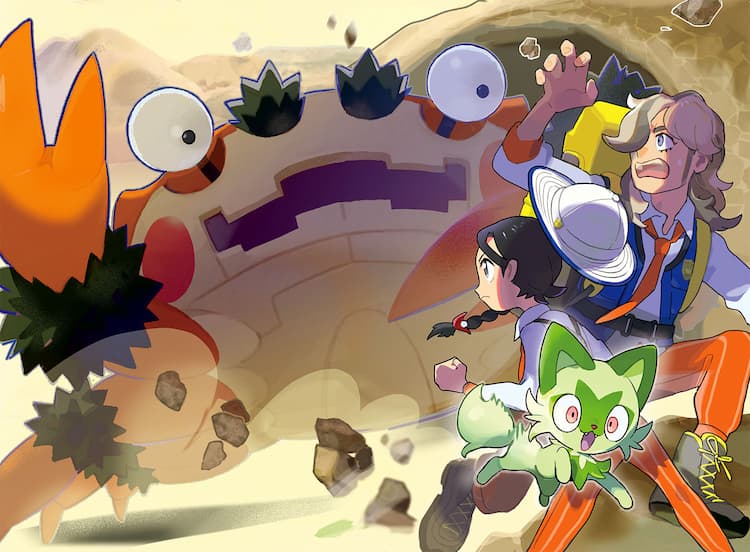
They seem to also protect something special, the Herba Mystica, which would place them in line with Nobles and Totems more than Alphas and Dynamaxed Pokémon. Will we see more spiritual significance attached to them as we walk the Path of Legends? Are they simply enormous Pokémon, a signifier of a phenomenon beyond human understanding, or perhaps ancient Pokémon representing the history of the region that would seem to be so important? Only time will tell.
Final thoughts
As usual in this feature, I draw no conclusion other than “there are a lot of different kinds of big Pokémon”. The spinoffs and anime often feature giant Pokémon for varying reasons, and they don’t quite fit so nicely into this dichotomy of “big and powerful” and “big and meaningful”, but it does seem like those two categories are the most common. What will the future hold for fans of big Pokémon? Will we get to see them get bigger and bigger until we confront a titanic Wailord that fills up the entirety of the screen? Why, exactly, did Rose have a Power Spot in his basement? Some of these questions will never be answered, but one thing’s for sure: some Pokémon… are very big.
Leave your own thoughts about large, huge or giant Pokémon in the comments below or share them in Discord!
Next time on Lorekeeper’s Logs: The Mystery of Manaphy and the Confusing Canalave Collection! Let me know what you think about giant Pokémon in the comments, and until next time, remember…
